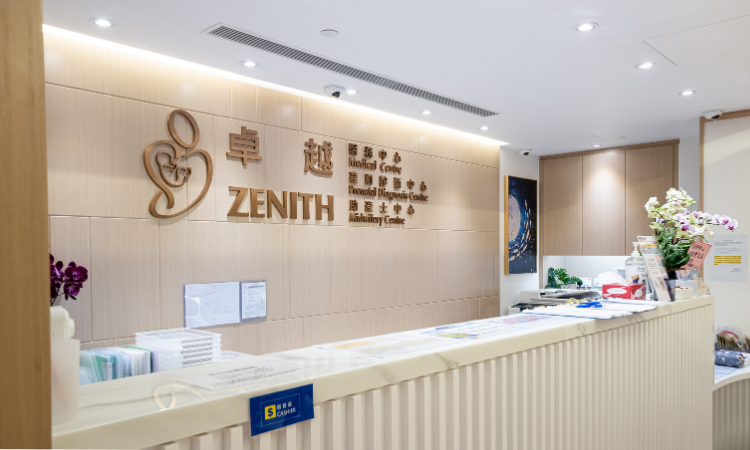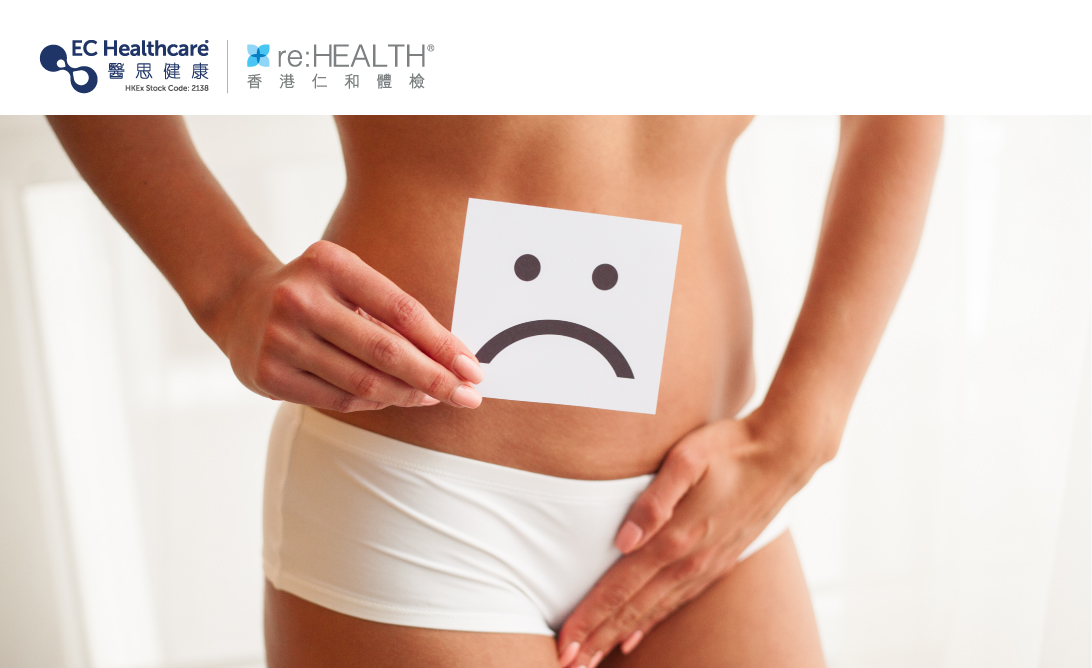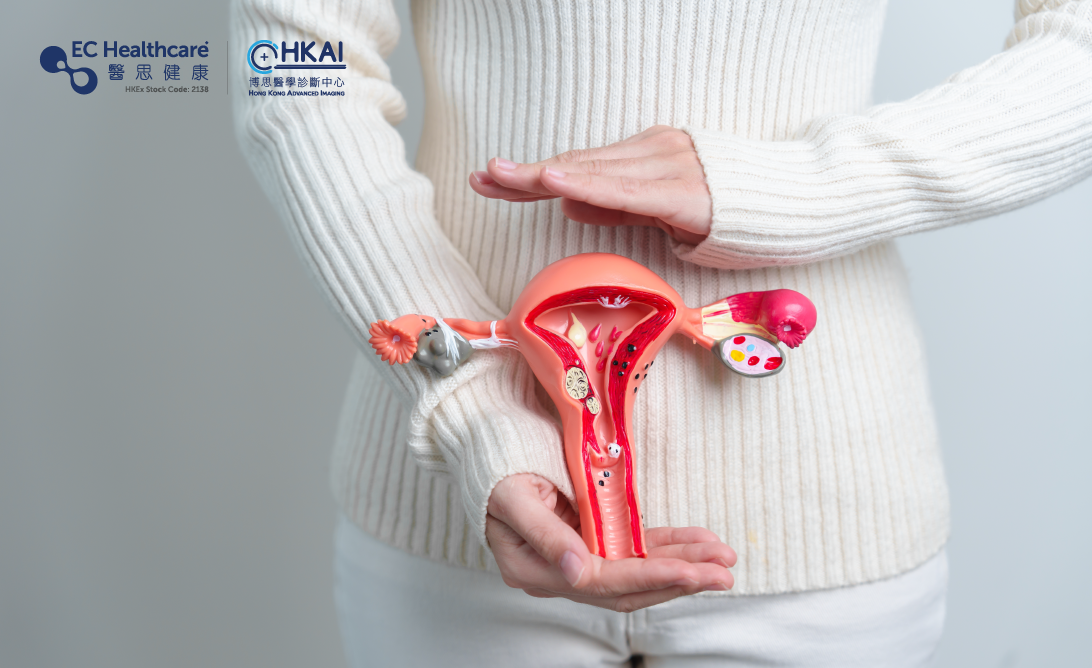4 Key Points to Note When Feeding Your Babies
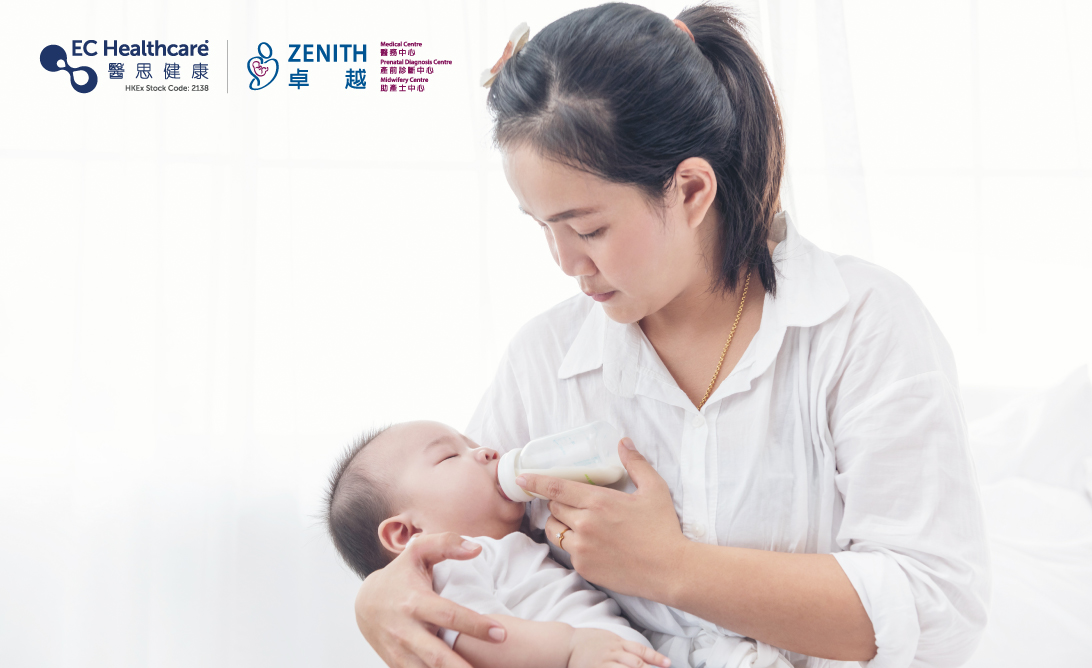

It is important to clean and disinfect the feeding equipment when breastfeeding if you don’t want to risk any tragedies. A tragic case in the United States involved a premature baby who was infected with Cronobacter sakazakii since his mother had not properly cleaned her breast pump. This led to serious health complications including fever, trouble breathing and sudden cardiac arrest, and eventually the baby tragically passed away not long after its first month of life.
After investigation, it was discovered that the baby’s mother didn’t clean and sanitise the feeding bottle and breast pump, and often used the containers when they were still damp, resulting in contamination by Cronobacter sakazakii and causing the infection in the baby.
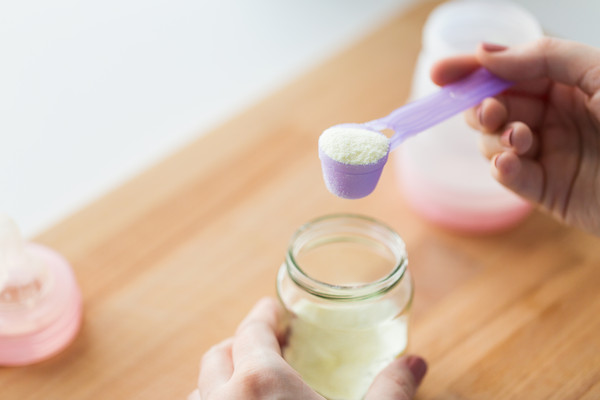
Cronobacter sakazakii is commonly found in the environment. According to the Centre for Food Safety, Cronobacter sakazakii is a kind of gram-negative, non-spore-forming rod bacterium with optimum growing temperatures ranging from 37°C to 43°C. This life-threatening bacterium mostly targets infants. Newborns aged under 28 days, infants aged less than 2 months, premature and low-birthweight infants (<2.5kg) and immunocompromised infants are at the greatest risk for infection, which can be deadly if not treated in time.
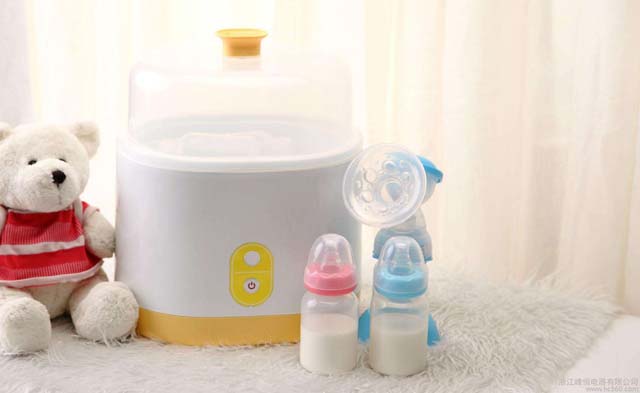
How to keep Cronobacter sakazakii at bay and keep your baby safe
To prevent this deadly bacterium from infecting your little ones, it's crucial to properly store powdered milk, feeding bottles and breast pumps. Keep the containers clean, dry, and in good condition, and make sure that the infant formula has not expired, spoiled or clumped. Once you’ve opened the formula, remember to keep the lid and scoop clean and free from moisture. Here are 4 more tips to follow when feeding your babies:
1. Mix the formula with hot water that is at least 70°C (boiled and left to cool for no more than 30 minutes). Use the prepared formula as soon as possible.
2. If you are not planning to feed your baby right away, put the prepared formula in the refrigerator immediately. Use the formula within 24 hours and only warm it right before use.
3. When reheating the prepared formula, place the bottle in a container filled with warm water (the water level should be below the top of the bottle). Reheat it for no more than 15 minutes, and shake or rotate the bottle occasionally to ensure the milk is evenly warmed.
4. For high-risk infants who are not breastfed, parents or carers should use commercially sterile liquid infant formula.
Related Brands



